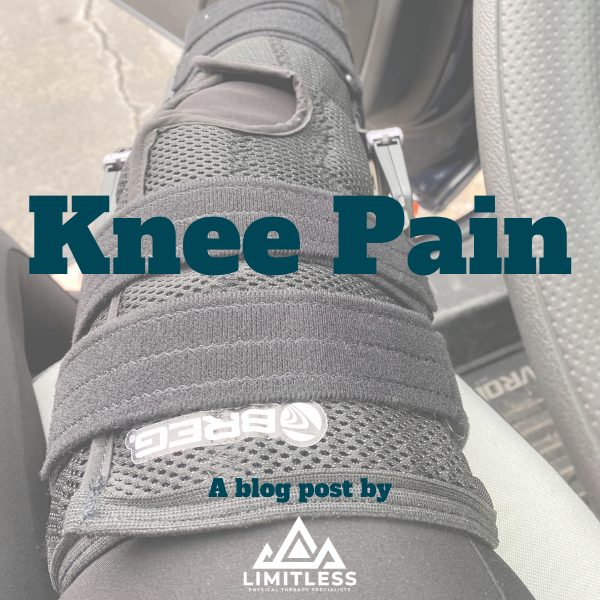Have You Discovered the Many Benefits of Stretching?
Can some simple physical motions dramatically improve your overall health, wellness, and quality of life? In the case of stretching, the answer is most definitely yes. Stretching exercises are a staple of physical therapy for just that reason.
You might be surprised to discover just how many ways stretches can help you. Here are some prime reasons that our physical therapist might prescribe stretches to enhance your life.
Why is stretching so important?
Many common aches and pains stem from tight muscles and poor movement. The key to good health is to keep your body flexible. This helps your circulatory, respiratory, lymphatic, and musculoskeletal systems. When your tissues are flexible, normal blood and lymphatic fluids circulate the body easier, oxygenating your tissues properly. This helps you feel energized, relieves pain, and allows you to perform daily tasks without feeling tired.
Additionally, stretching is necessary for dedicated athletes, weekend warriors, or anyone looking to improve their physical performance. After a workout, you may not feel the need to stretch if your muscles aren't aching or sore. However, there are several potential effects of not taking the time to stretch correctly after exercise. You might experience stiffness if you're not stretching adequately. Muscles and tendons that aren't stretched properly after exercise may be more susceptible to injury.
Stretches and wellness
Stretching provides numerous benefits to help your body keep itself healthier. One of the most important of these is stress relief. Everyday life throws lots of challenges at you, and the resulting stress can be held in your muscles.
This leads to tightness, spasms, and chronic discomforts such as headaches and neck pain. Stress also floods your body with "fight or flight" hormones such as cortisone and adrenaline. These imbalances can suppress your immune function, making you more vulnerable to viruses and other diseases. Hypertension is yet another dangerous consequence of chronic stress.
Regular stretches help your body release all that pent-up stress. By relaxing and loosening your muscles, you can maintain better control over your blood pressure, avoid chronic muscle pain, and keep your immune system ready for anything.
Stretching can help with tissue health
Are you accustomed to seeing athletes go through sets of stretching exercises before a competition or training session? They're not just stretching for the fun of it -- they're trying to optimize their athletic performance while also protecting themselves against injury.
Tissues that are tight, stiff, or generally unprepared for challenges may tear, resulting in a strain or sprain that puts a premature end to your participation.
Stretches provide a safe, gentle way to work out the kinks and get your tissues ready for action. As you become more limber, you reduce your risk of a soft tissue injury. You'll find those tissues more capable and responsive as you work or play.
Stretching after your activity is just as beneficial; it prevents your muscles from seizing up and getting stiff once they're no longer being exerted.
Stretches and improved mobility
It's quite common for a physical therapist to prescribe various stretching exercises to individuals suffering from chronic pain conditions. Stretching takes on special importance when you've become less mobile due to issues such as osteoarthritis. The less you move your joints, the greater the likelihood that your muscles and connective tissues will lose some of their lengths.
This change obviously limits your joint motion even further and leaves you in even more pain. Stretches naturally support physical therapy recommendations such as walking, heat therapy, or massage therapy in increasing blood flow to painful joints and widening your pain-free range of motion.
Chronic pain syndromes often involve tight muscles. Syndromes such as fibromyalgia and its cousin, myofascial pain syndrome, cause muscle knots that limit muscle motion and trigger referred pain to other parts of the body. Regular stretching can help you "untie those" painful knots.
Ready to get started? Contact us today
There are right ways and wrong ways to stretch. For one thing, different kinds of stretches offer different benefits. Your particular situation might call for active stretches (in which you move a body part with no assistance), passive stretches (in which the body part is held or supported), or both.
Stretches can also hurt you if you perform them incorrectly. Our physical therapist can help you stretch safely and effectively -- so contact our physical therapy center today!





